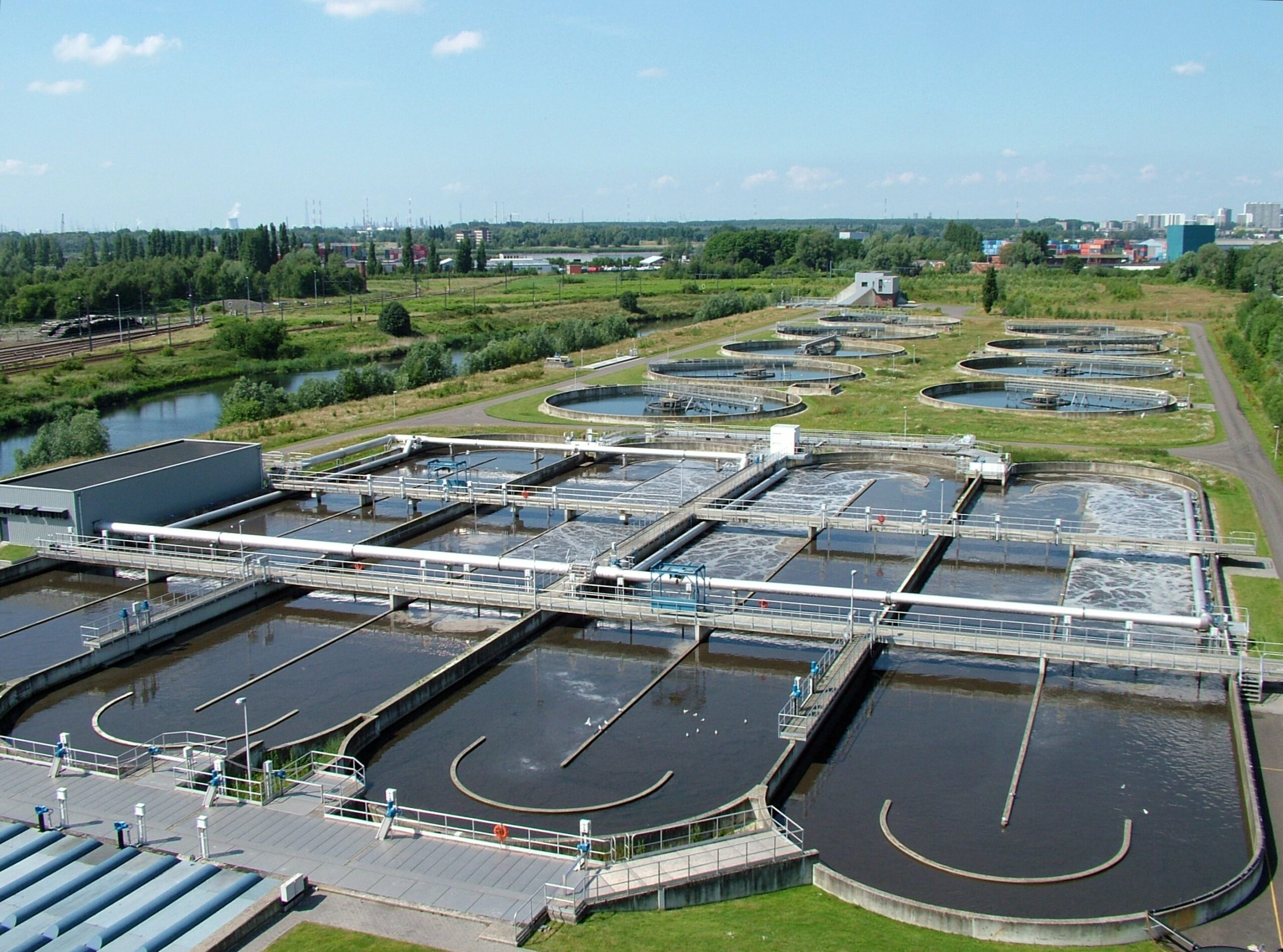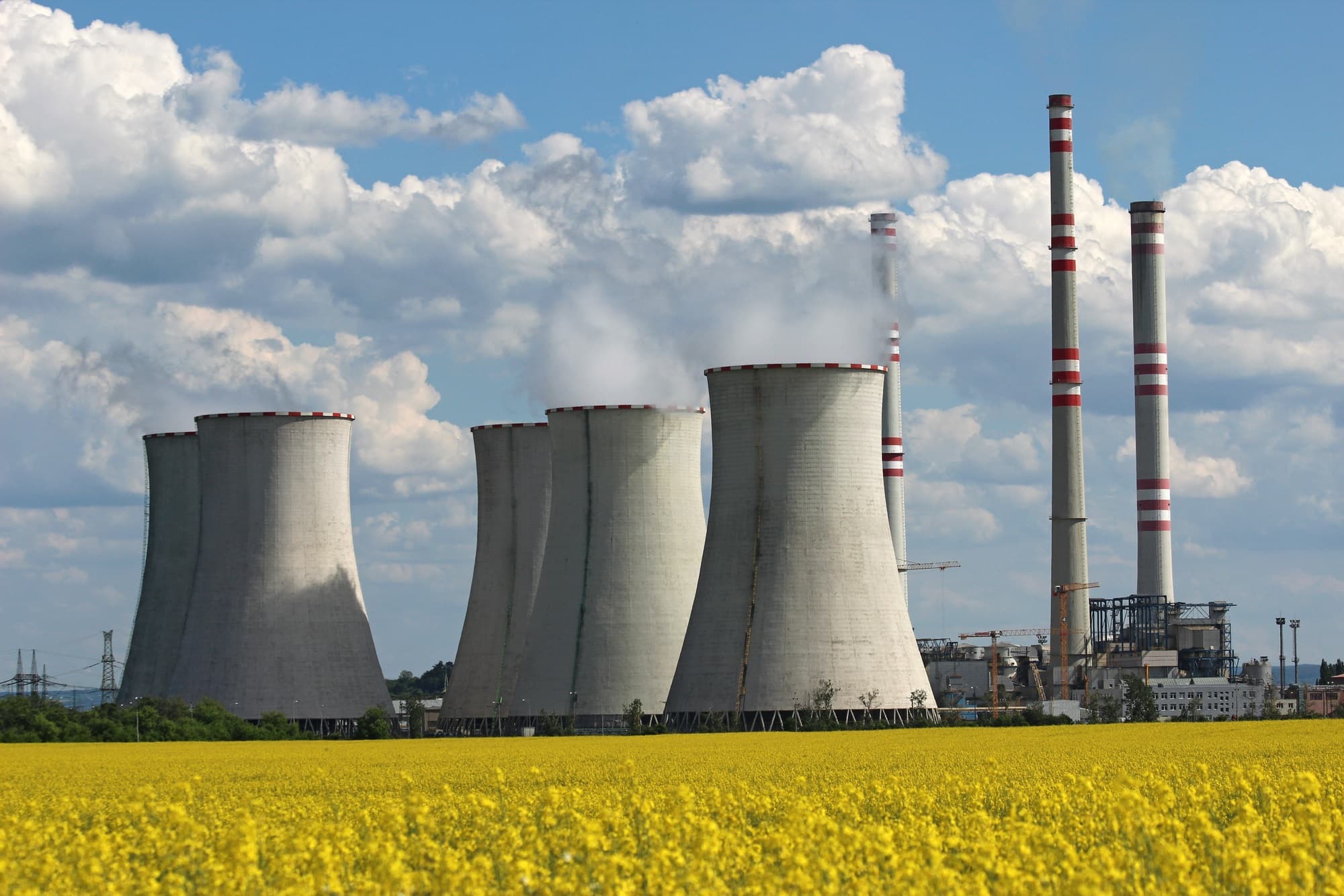In order to quickly determine whether your (potential) customers need explosion-proof devices for ATEX zone 1/21 or 2/22, we have listed the branches in which an explosion hazard poses a risk. Explosion hazard can occur in all kinds of industries. The list of branches below is not comprehensive. Explosion hazards can also arise at individual workplaces in non-specific industries. Consider, for example, the risk of explosion in:
Explosive landfill or composting gases can be generated at landfill sites and during composting. Extensive technical measures are necessary so that they cannot escape uncontrolled and possibly ignite.
During waste water treatment in a water treatment plant, flammable gases (mainly CH4) are produced as a result of fermentation.

In the chemical industry, combustible gases, liquids and solids are converted and processed in various processes. Explosive mixtures can be formed during these processes.
Piece coal that is not explosive in combination with air can lead to coal dust resulting from transport, grinding and drying, which can form explosive dust/air mixtures.
Alcohol is often used as a solvent in pharmaceutical production. In addition, additives and auxiliaries, for example lactose, can be used which can cause a dust explosion.
The printing process is traditionally carried out on the basis of hexane or toluene, which means that the risk of explosion is a direct result of the process. There can also be a dust explosion hazard from dust released when cutting the paper.
Wood dust is released when processing wooden workpieces, which can form explosive dust/air mixtures, for example in filters or silos.

Installations for the production of biogas are operated in some agricultural holdings. When biogas escapes, for example as a result of leaks, explosive biogas/air mixtures can be formed.
This industry often works with combustible solids. During pneumatic transport, for example, an explosive mixture is created in the system or when solid matter is stored in a tank storage.
The overspray that occurs when spraying surfaces with spray guns in spray booths, like the released solvent vapors, can form an air-explosive atmosphere.
Explosion risks can arise during the storage and transhipment of ships, transport by tanker trucks, and during loading and unloading.
When metal castings are manufactured, explosive metal dust can be generated during surface treatment (grinding). This is especially the case with light metals. This metal dust can create an explosion risk in collectors.
There is a risk of explosion when extracting oil and gas through deep drilling and during the period of oil and gas production. Explosive gas/air mixtures can also be formed when natural gas is released through leaks and the like.
The hydrocarbons used in refineries are all flammable and, depending on their flash point, can already create an explosive atmosphere at ambient temperature. The environment of the petroleum processing installations is usually regarded as a potentially explosive area.
When recycling waste, for example, explosion risks can arise from cans and other containers with flammable gases and/or liquids that have not been cleaned of residues, or from paper or plastic dust.
Explosive atmospheres can easily arise during renovations to ships because combustible substances are left behind in confined spaces.
The residue that is at the bottom of the tank is removed, among other things, with flammable solvents. Removal is done under high pressure by using a spray head, which can create an explosive mist.
Explosive substances can be formed during the transport and storage of grains, sugar, etc. If these are extracted and separated in filters, an explosive atmosphere can form in the filter.
Explosive gases from various sources can accumulate in poorly ventilated tunnels, basements, etc.

Suitable for Push-to-talk & LWP
IP68
Gorilla glass screen
View productThe risk of explosion is greater in certain professions than in others. For example, all personnel in the above industries are at greater risk than workers in other industries. Especially if they are directly involved in the primary process within the company, think of:
In addition, consideration should be given to people who are incidentally in places where there is a risk of explosion, such as:
Source: Dossier Explosieveiligheid , door Arthur Groot, Peter Coffeng, Corné Bulkmans, Helger Siegert, April 2009
We are eager to help answer your questions. Whether you are looking for technical support for your Wireless WAN solution or general information about our portfolio. Leave your message and we will get back to you soon!
Get in touch





